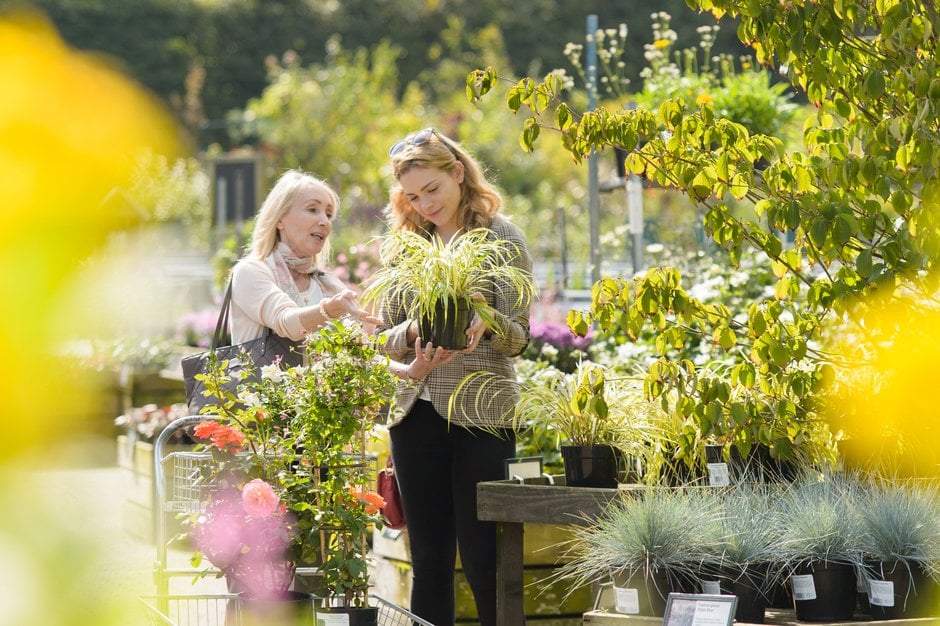Growing guide
How to grow kniphofia
Kniphofias, or red-hot pokers, bring exotic colour to sunny borders through summer and into autumn. These easy-to-grow, versatile perennials come in a choice of fiery flower colours, and grow to a range of sizes to suit gardens large and small
Quick facts
All you need to know
While we think all this information will be helpful to you, we always recommend to read the instruction labels on your plants.

Discover kniphofia
Everything you need to know about choosing the right kniphofia for you
Love gardening
Sign up to receive regular gardening tips, inspiration, offers and more
View our Privacy Policy
Get involved
The Royal Horticultural Society is the UK’s leading gardening charity. We aim to enrich everyone’s life through plants, and make the UK a greener and more beautiful place.



